Asteroid probe begins seven-year quest
- Published
Nasa launches probe to study asteroid Bennu
The US space agency (Nasa) has launched a mission to retrieve a rock sample from a 500m-wide asteroid called Bennu.
Scientists hope the material will reveal details about the formation of the planets, and improve our knowledge of how potentially dangerous space objects move through the Solar System.
The probe, dubbed Osiris-Rex, external, blasted away from Florida on an Atlas rocket at 19:05 local time (00:05 BST).
It will be seven years before it returns to Earth with its bounty.
This will be delivered in a capsule that will be parachuted down to the Utah desert on 24 September 2023.
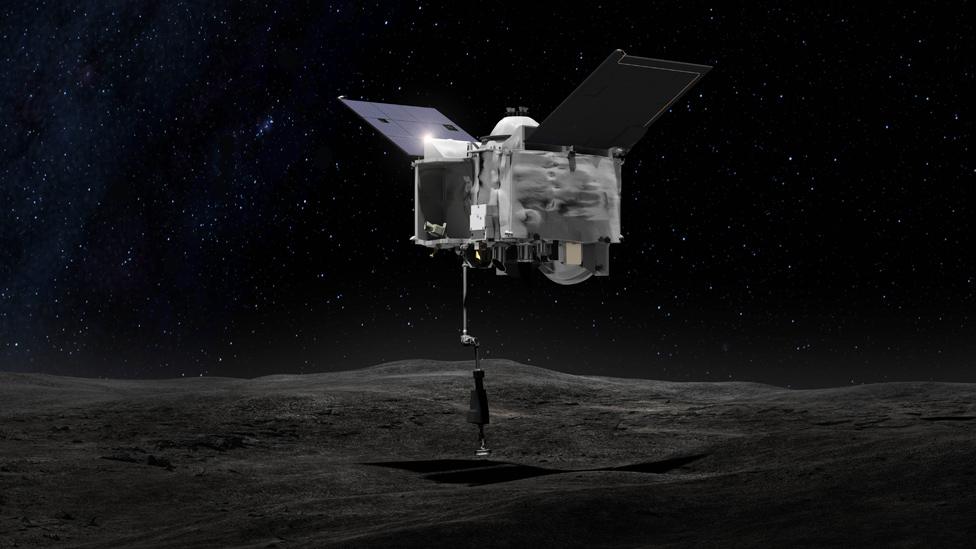
Artwork: Osiris-Rex will extend a robotic arm and "high five" Bennu with its collection device
It is not the first such sample-return mission - the Japanese brought back a tiny amount of dust from asteroid Itokawa in 2010.
But the Americans hope to acquire considerably more material, weighing perhaps a few hundred grams.
Engineers have developed a collection device that will extend from Osiris-Rex on a robotic arm and "high five" the surface of Bennu.
On contact, the mechanism will deliver a burst of gas to kick up loose fragments that should then settle in a holding chamber prior to being packed away in the return capsule.
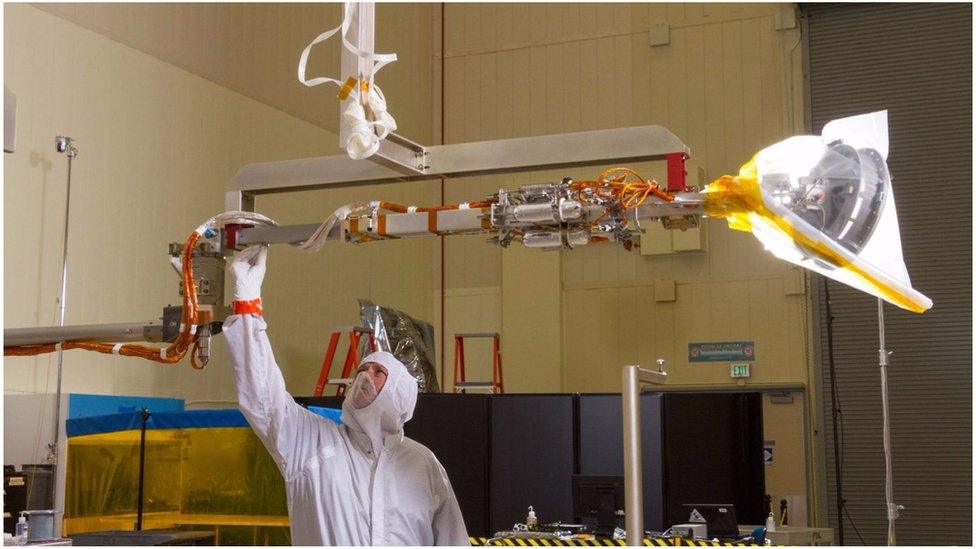
Testing the collection arm: The hope is to gather a few hundred grams of sample
Asteroids are left-overs from the original building blocks of the Solar System. As such they should still retain clues to the events that brought the Sun and the planets into being.
Bennu is a so-called "B-type" asteroid. It is very dark.
Telescope observations suggest it is rich in carbon compounds.
"For primitive, carbon-rich asteroids like Bennu, materials are preserved from over 4.5 billion years ago. We're talking about the formation of our Solar System," explained Christina Richey, Nasa's Osiris-Rex deputy programme scientist.
"And these primitive materials could contain organic molecules that may be the precursors to life here on Earth or elsewhere within our Solar System."
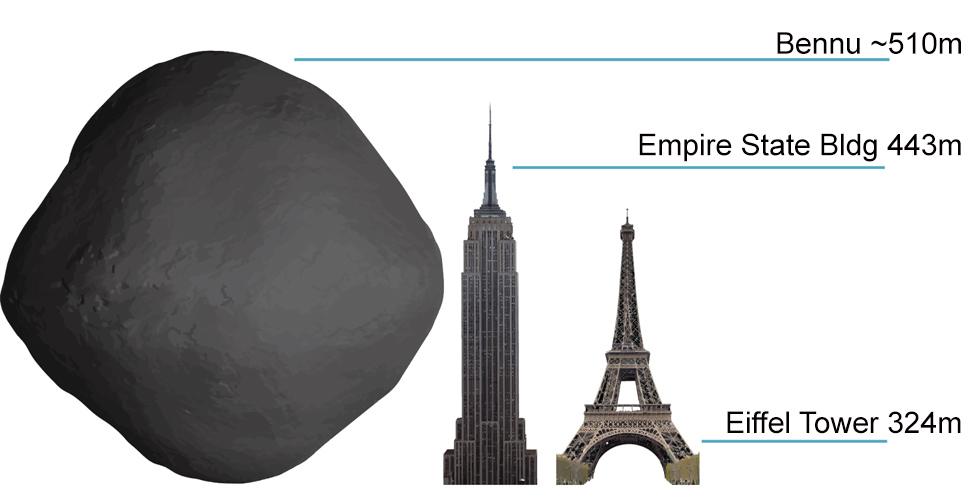
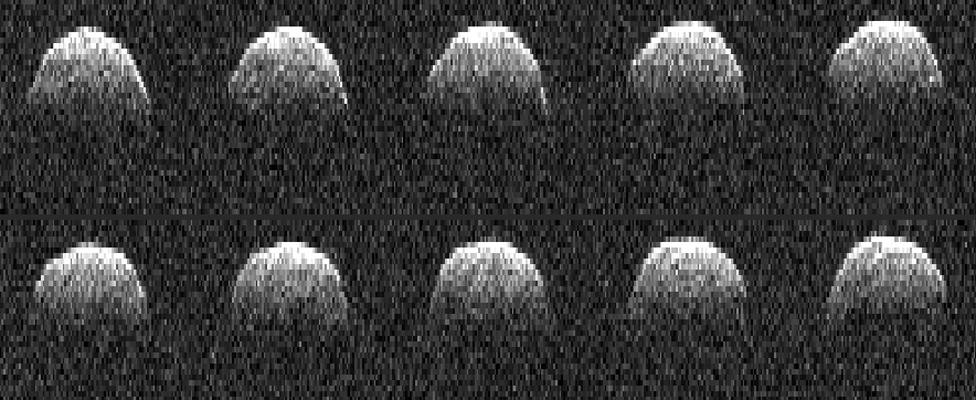
Radar images: Bennu has been intensively studied from afar prior to launch
Sample-Return missions are the future of space exploration, believes UK mission scientist Ian Franchi. The range of studies that can be conducted back on the Earth is far broader than can be pursued in-situ by a probe.
"The instruments we use in the lab are the size of family cars or bigger if you think of synchrotron facilities," he told BBC News.
"They require amazing temperature control or very sophisticated sample preparation techniques.
"These are all things you just cannot do robotically on a spacecraft. And the other big issue is dating - we have to understand when something's happened and that chronology work has to be done in an Earth lab."

Osiris-Rex - Mission to Asteroid Bennu
It's a two-year journey to Bennu, arriving in August 2018
After a period of mapping, sampling should occur in July 2020
Osiris-Rex will have up to three attempts to grab surface material
The probe will leave Bennu most likely in March 2021
Its sample capsule should land on Earth on 24 September 2023

Osiris-Rex will spend at least 2.5 years at Bennu.
One of its tasks in this time will be to measure accurately something called the "Yarkovsky effect".
This describes how an asteroid will alter its path through the Solar System when its surface is heated by the Sun.
"It has to radiate that energy back out into space, and when that happens it acts like a thruster and changes the trajectory of the asteroid," said Dante Lauretta, the mission's principal investigator from the University of Arizona, Tucson.
"If you want to be able to predict where an object like Bennu is going to be in the future, you have to account for this phenomenon."
The effect is tiny, but over the centuries could make the difference between a threatening asteroid either hitting or a missing the Earth.
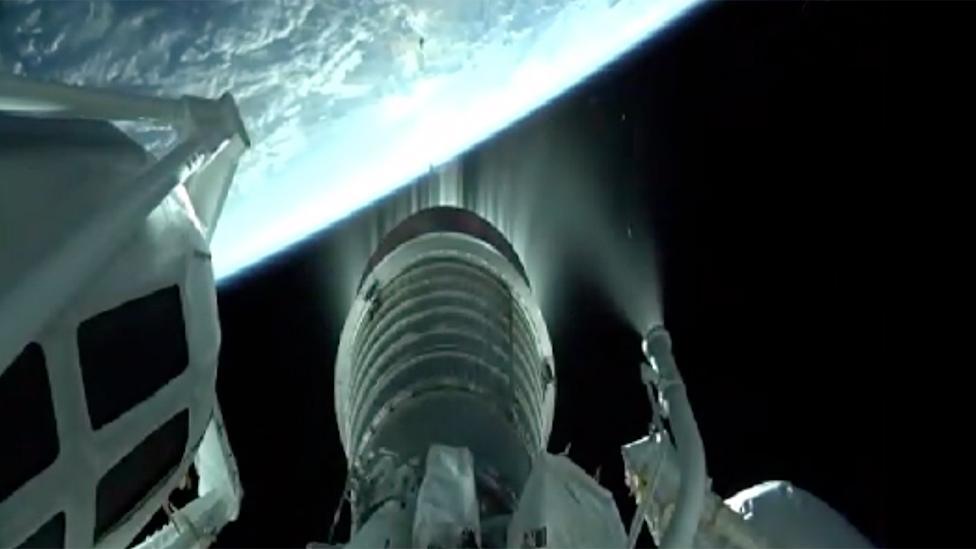
Seven years to return: Looking back to Earth from the Atlas launch rocket
Japan's mission to Itokawa has been followed up by a second venture. The Japanese space agency has sent a probe to asteroid Ryugu. If this succeeds in picking up a sample, it should be delivered back to Earth in 2020.
European scientists are about to submit a proposal of their own to do a sample-return in the late 2020s.
Known as Marco Polo, this concept would try to visit an even more primitive object than Bennu.
Marco Polo must first get through a European Space Agency (Esa) competition, however - something it has failed to do on three previous occasions.
Nonetheless, the scientists involved believe the continued effort is worthwhile to build up capability in Europe.
Sara Russell is a UK mission scientist on Osiris-Rex and is also part of the Marco Polo collaboration.
She will be taking delivery of Osiris-Rex samples at London's Natural History Museum, but wants Europe, and Britain in particular, to up its up game in this coming area of space research.
"The Europeans are behind the US and Japan. They have super curation facilities where they can put their sample-return material. In the UK, we have brilliant cosmo-chemists, inspired by the likes of Colin Pillinger who worked on the Apollo lunar samples, but what we need is a proper curation facility," she told BBC News.
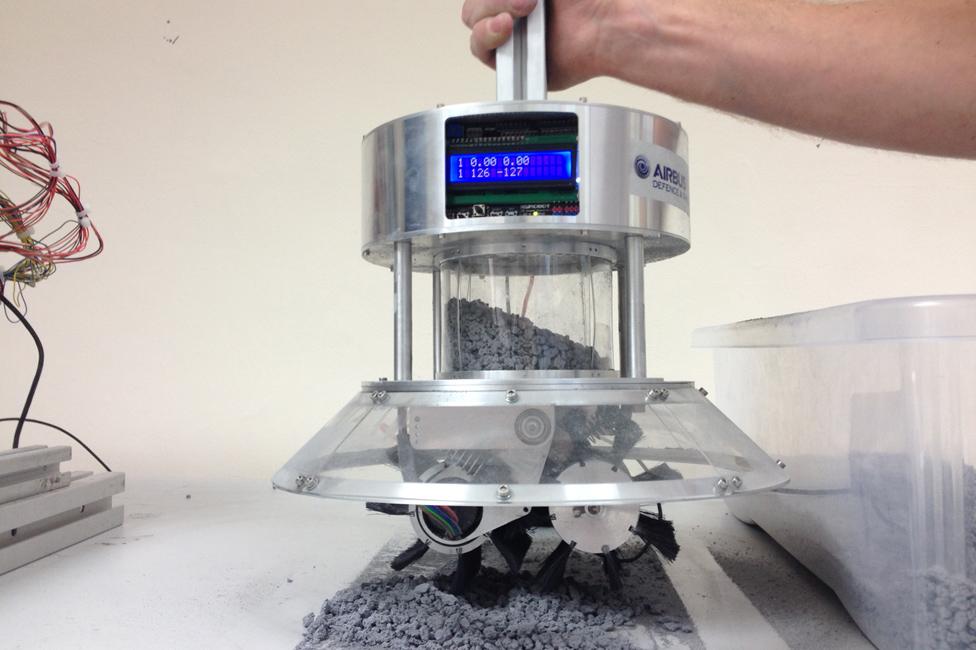
Europe has been developing sampling technologies for a concept mission called Marco Polo
Jonathan.Amos-INTERNET@bbc.co.uk, external and follow me on Twitter: @BBCAmos, external